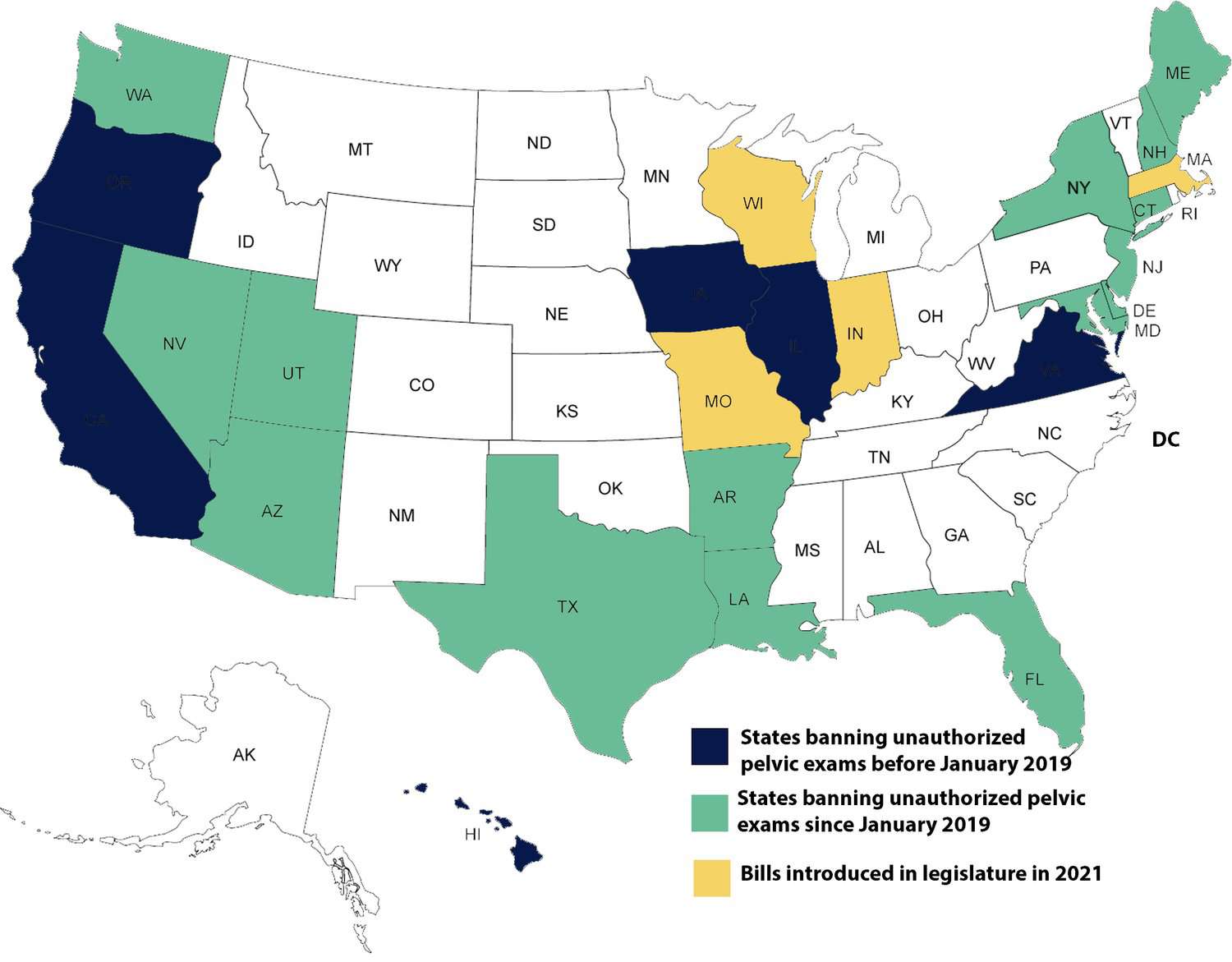Privacy Concerns and Legal Implications
Using spy cameras in private spaces, especially bathrooms, raises serious ethical and legal concerns. These devices can violate the fundamental right to privacy and lead to severe legal consequences if used without consent.
Privacy Violations
Using a spy camera in a bathroom without the knowledge or consent of individuals present is a blatant violation of their privacy. It intrudes upon their most private moments and can have devastating emotional and psychological impacts. Such actions can be considered an invasion of privacy, a crime that can lead to legal action.
Legal Ramifications of Using Spy Cameras Without Consent, Small bathroom spy camera
Using spy cameras in private spaces without consent is illegal in most jurisdictions. Laws protecting privacy, such as the
“Electronic Communications Privacy Act (ECPA)”
in the United States, explicitly prohibit the interception and recording of private communications without authorization.
Real-World Cases
Numerous cases highlight the legal repercussions of using hidden cameras in bathrooms. For example, in 2019, a hotel owner in California was sentenced to prison for installing hidden cameras in guest rooms, including bathrooms. In another instance, a homeowner in Florida was arrested for installing a hidden camera in a shared bathroom, recording a roommate without their knowledge. These cases illustrate the severity of the legal consequences associated with using spy cameras in private spaces without consent.
Types of Spy Cameras and Their Features: Small Bathroom Spy Camera

Spy cameras are designed to discreetly record video and audio, and their use in bathrooms is a controversial topic. While these cameras can offer a sense of security, their deployment raises significant privacy concerns. This section will explore the various types of spy cameras commonly used in bathrooms, highlighting their features and potential applications.
Mini Cameras
Mini cameras are compact and easily concealable devices, making them popular choices for bathroom surveillance. Their small size allows them to be hidden in various locations, such as inside a tissue box, behind a picture frame, or even disguised as a smoke detector.
- Advantages: Mini cameras offer excellent concealment and are relatively inexpensive. They are typically equipped with a wide-angle lens, providing a broader field of view.
- Disadvantages: Mini cameras often have limited battery life and may require frequent charging. Their image quality can be compromised in low-light conditions, and their small size makes them prone to being discovered.
Motion-Activated Cameras
Motion-activated cameras are designed to capture footage only when movement is detected, which helps conserve battery life and storage space. They are often equipped with infrared night vision capabilities, allowing them to record even in complete darkness.
- Advantages: Motion-activated cameras are energy-efficient and can be used to monitor specific areas of interest. They are particularly useful for detecting intruders or suspicious activity.
- Disadvantages: Motion-activated cameras can be triggered by false positives, such as shadows or pets. They may not capture continuous footage, which could miss important events.
Wi-Fi Enabled Cameras
Wi-Fi enabled cameras offer the ability to remotely access live footage and recordings from any device connected to the internet. They are typically equipped with features such as two-way audio, motion detection alerts, and cloud storage.
- Advantages: Wi-Fi enabled cameras provide real-time monitoring and remote access, making them convenient for homeowners who are away from home. They offer a wide range of features and are often compatible with smart home systems.
- Disadvantages: Wi-Fi enabled cameras can be susceptible to hacking and data breaches. They may require a strong internet connection for reliable performance, and their installation can be more complex than other types of cameras.
Installation and Setup Considerations

Installing a spy camera in a bathroom requires careful planning and execution to ensure proper functionality and avoid privacy violations. This section will guide you through the installation process, highlighting crucial considerations for placement, power supply, and concealment.
Camera Placement and Discreet Location
Choosing a discreet location for your spy camera is paramount to avoid compromising the privacy of individuals using the bathroom. Here are some key factors to consider:
- Avoid Direct Views: Position the camera to avoid directly capturing individuals using the toilet, shower, or changing areas. This is crucial to respect their privacy and avoid potential legal issues.
- Consider Angles: Experiment with different camera angles to find a balance between capturing relevant footage and minimizing the view of private areas.
- Concealment: Select a location where the camera can be effectively concealed, blending seamlessly with the bathroom’s décor. This could involve placing it behind a mirror, inside a ventilation vent, or within a bookshelf.
Power Supply Options
Spy cameras come with various power supply options. It’s important to choose a method that suits your bathroom environment and ensures continuous operation:
- Battery-Powered: This option provides flexibility and portability, but batteries need regular replacement.
- Plug-in Power: This option offers continuous operation but requires access to a power outlet. Ensure the outlet is conveniently located and not easily visible.
- Wireless Charging: Some cameras offer wireless charging, which eliminates the need for cables and allows for discreet placement.
Camera Positioning and Functionality
Proper camera positioning is crucial to capture the desired footage and ensure optimal performance:
- Focus on Areas of Interest: Position the camera to focus on areas where activity is expected, such as the entrance or the sink area.
- Clear View: Ensure the camera has a clear view of the desired areas, avoiding obstructions like furniture or décor.
- Test the Footage: After installation, test the camera’s functionality to ensure it’s capturing clear and usable footage.
